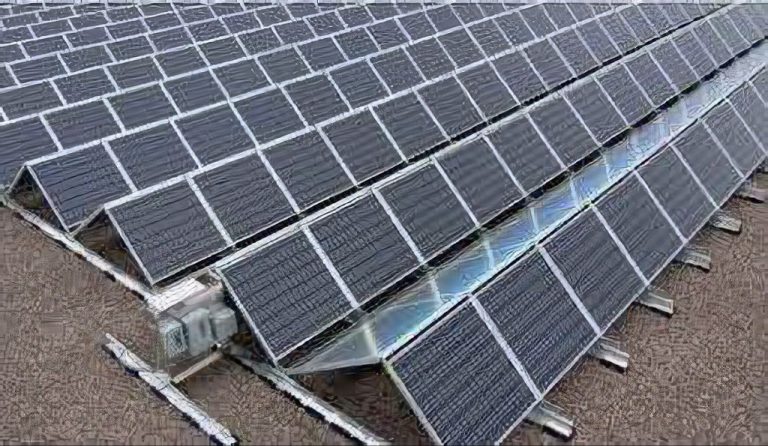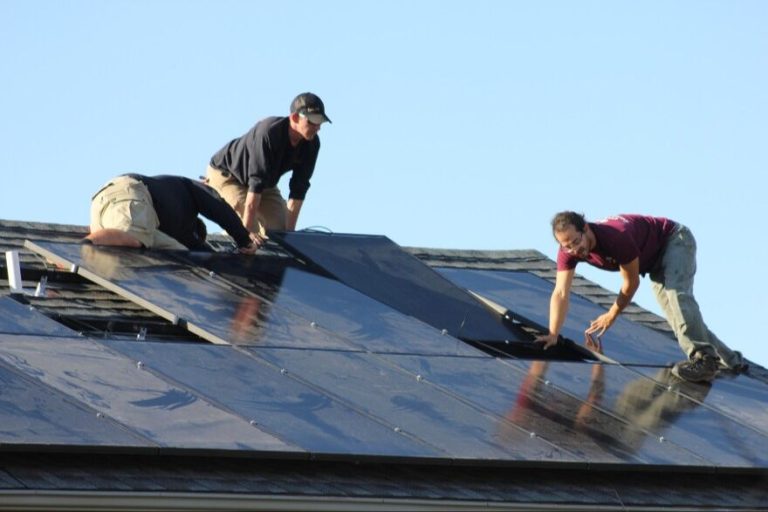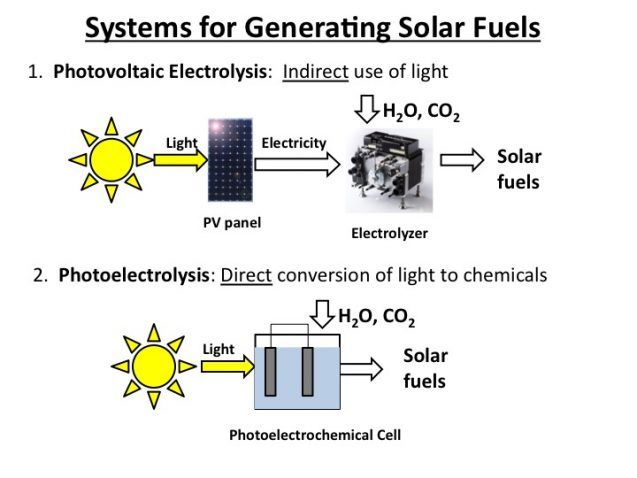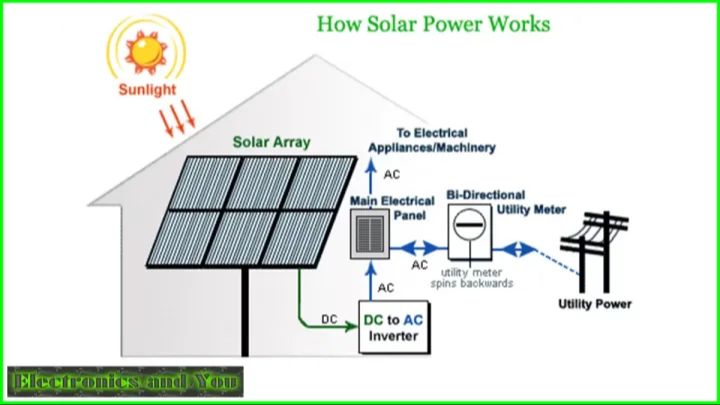Will Solar Stocks Recover In 2024?
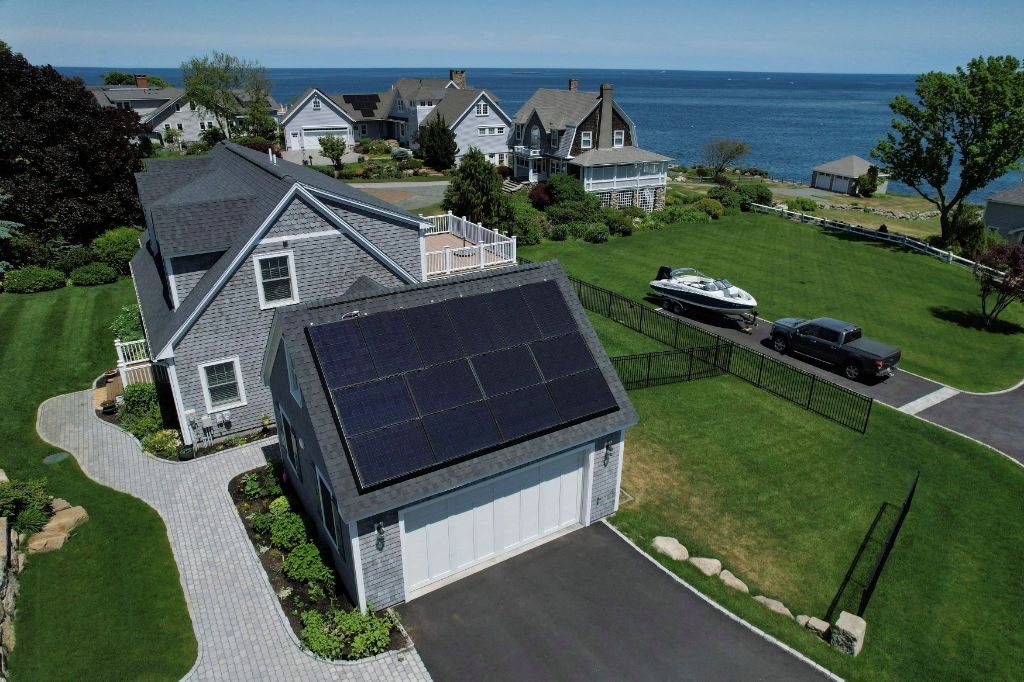
The solar industry has experienced rapid growth over the past decade, as the cost of solar panels and installation has declined significantly. This led to a boom in solar investments and stock valuations for major solar companies like First Solar, Sunrun, and SolarEdge in the early 2020s. However, solar stocks have underperformed in 2022 amid rising interest rates, inflation, and supply chain disruptions that have negatively impacted the sector. Looking ahead, the big question is whether solar stocks can recover in 2024 after a challenging 2022.
This article will analyze the current state of the solar industry, major trends, forecasts for growth, and the opportunities and risks facing solar stocks. It will provide an expert analysis on the factors that could lead to a rebound or continued underperformance of solar equities in 2024. The goal is to provide a comprehensive overview to determine if solar stocks are positioned for a recovery after recent challenges.
Background on Solar Industry
The solar industry has seen tremendous growth and expansion over the past decade. According to History of Solar in Australia, the global solar PV market has grown at an average annual rate of over 40% since 2000. Key drivers of this growth include declining costs, supportive government policies, and increased environmental awareness.
Some of the major players in the solar industry include First Solar, JinkoSolar, Canadian Solar, and SunPower. These companies have invested heavily in R&D to improve solar cell efficiency and reduce manufacturing costs through economies of scale. The rapid decline in solar PV module prices has made them cost competitive with conventional power sources in many markets.
In terms of key technologies, crystalline silicon modules account for over 90% of the solar PV market, while thin-film technologies like First Solar’s cadmium telluride (CdTe) make up most of the balance. Emerging technologies like perovskites aim to further increase efficiency and lower costs. Overall, ongoing innovations continue to strengthen the competitiveness and growth potential of the solar industry.
Factors Hurting Solar Stocks
The solar industry has faced strong headwinds in recent years that have negatively impacted solar stocks. Some of the key factors hurting solar stocks include:
Rising interest rates – Higher interest rates make financing projects more expensive, which can slow demand. Many solar projects rely on debt financing, so rising rates directly impact profitability Zoom Discussion | Everything Solar Forum.
Supply chain disruptions – Bottlenecks in getting components for solar projects have caused delays and increased costs. Key inputs like polysilicon experienced shortages. Logistics issues also impacted deliveries China Solar Energy Technology and Investment Congress.
Policy uncertainty – Changes and proposed changes to solar incentives and regulations have created uncertainty. For example, an investigation into solar panel imports impacted prices Discussion – American Solar Energy Society.
Current Solar Stock Valuations
Solar stocks have seen significant volatility in recent years, with valuations fluctuating widely. According to The Street, many solar stocks saw declines in 2021 amid concerns that valuations had become overstretched. However, the passage of the Inflation Reduction Act in 2022, which includes major incentives for renewable energy, has renewed optimism about the future prospects of solar companies.
When looking at current valuations, one metric to analyze is the price-to-earnings (P/E) ratio. This compares a company’s current share price to its earnings per share, giving a sense of whether a stock is undervalued or overvalued compared to its profitability. An analysis by Nasdaq notes the wide divergence in solar companies’ P/E ratios, with some stocks seeming quite expensive while others appear more reasonably valued.
Comparing current P/E ratios to historical norms can provide useful context. While the solar industry overall tends to command high valuations due to its growth potential, ratios that are well above a company’s 5-year average could signal the stock price has become inflated and due for a pullback. On the other hand, stocks trading at lower than average valuations may be good values worth a closer look by investors.
Solar Industry Trends and Outlook
The solar industry is expected to experience strong growth in the coming years driven by several key trends.
First, the costs of solar panels and installation continue to fall dramatically, making solar power increasingly cost-competitive with fossil fuels (Studies and Modelling, 2023). The average cost of solar panels has declined over 90% in the past decade.
Second, supportive government policies and incentives like renewable portfolio standards, tax credits, and feed-in tariffs are accelerating solar adoption globally. Governments are enacting more policies to meet renewable energy and emissions reduction goals.
Third, energy storage systems like batteries are becoming more affordable and efficient. Paired with solar panels, storage provides 24/7 clean energy and grid stability. The growth of storage unlocks the full potential of solar power.
With these trends, solar is positioned to continue its rapid growth worldwide. Solar generation capacity is forecast to expand over 200% globally within the next 5 years (Studies and Modelling, 2023).
Major Projects and Investments
The solar industry is seeing major capacity expansions through large utility-scale projects across the United States. According to Renewable Energy World, some of the largest solar projects starting construction in 2023 include:
- The Sawtooth Energy Center Project in Idaho with 300 MW capacity
- The Smoky Valley Solar Project in Kansas with 200 MW capacity
- The Ditat Deus Solar Project in California with 125 MW capacity
Many other utility-scale projects over 100 MW are slated for completion in 2023 and 2024, as tracked by the Solar Energy Industries Association (SEIA). The Rocky Run Solar project in North Carolina, for example, will have 600 MW capacity when completed in 2024.
The U.S. government has also allocated significant funding for solar under the Inflation Reduction Act. This includes investment tax credits, production tax credits, grants, and loans from the Department of Energy. The legislation is expected to catalyze 100 GW of new solar capacity by 2030.
Forecasts for Solar Growth
Solar growth in 2024 is projected to continue its upward trajectory, albeit at a more modest pace compared to previous years. According to S&P Global, the US is forecasted to install 31 GW of new solar power in 2024, up 10% from 2023 but well below the average 40% annual growth rate seen between 2010-2020.
While overall growth may be slowing, forecasts vary widely by region. The Southwest is expected to lead solar growth in 2024, with states like California, Arizona, Nevada, and Texas accounting for over 50% of new capacity. California alone could add up to 5 GW of new solar in 2024 according to Wood Mackenzie (Wood Mackenzie). The Southeast and Midwest are also projected to see continued growth thanks to favorable policies and declining costs.
However, some states like Florida and South Carolina may install less solar in 2024 due to policy shifts. Forecasts cite a lack of supportive policies as the biggest risk to continued solar expansion in many areas. While costs continue to fall, policy uncertainty could restrain growth in the near term.
Opportunities and Risks
The solar industry faces both opportunities and risks going into 2024. On the opportunity side, there is tremendous potential for growth in emerging markets. As the costs of solar continue to decline, it becomes more economically viable for developing countries to invest in solar energy production and adopt it on a wider scale. This creates a large addressable market for solar companies to expand into. According to research, the MENA region (Middle East and North Africa) is projected to add over 15 GW of solar capacity from 2022-2024 as countries like Egypt, Saudi Arabia and the UAE ramp up investments. There is also growth potential in Latin America, Africa and parts of Asia as solar power costs achieve parity with fossil fuels.
However, the industry also faces risks from changing trade and tax policies. The US solar industry in particular has benefited from federal tax credits but there is uncertainty whether these will continue beyond the current expiration date in 2024. Trade tariffs on imported solar panels also threaten to raise costs for US solar installers. Changes to net metering policies by utilities in some states undermine the economics of rooftop solar. While growth prospects remain strong overall, policy changes and trade issues present challenges for the US solar industry.
Expert Analysis and Predictions
Many analysts are optimistic about the prospects for solar stocks in 2024 as the industry continues to grow and expand globally. According to Yahoo Finance, solar stocks are poised for growth this year as solar power becomes more cost-competitive with fossil fuels. Enphase Energy, SolarEdge Technologies, First Solar and Sunrun represent strong plays within the solar industry.
Investment research firm CFRA predicts the Invesco Solar ETF will climb 30% in 2024 as solar installation rates increase. They recommend investors target solar stocks like Enphase Energy, SolarEdge and First Solar.
According to InvestorPlace, many solar stocks look undervalued relative to future growth projections. Stocks like First Solar, Canadian Solar and SolarEdge offer “hidden value” to investors looking ahead to 2024 and beyond.
In summary, analysts see significant upside for solar stocks as the industry continues rapid expansion. Cost competitiveness with fossil fuels and increasing global demand should drive growth for top companies in the space like Enphase, SolarEdge, First Solar and others.
Conclusion
In summary, while solar stocks took a beating in 2022 due to rising interest rates, high inflation, and supply chain issues, there are signs of potential recovery in 2024. Key factors indicating a rebound include solar’s increasing cost competitiveness against fossil fuels, major capacity expansions underway, renewed policy support globally, and the Inflation Reduction Act incentives in the US. However, ongoing economic uncertainty, rising component costs, and the possibility of further interest rate hikes present downside risks. My verdict is that top solar stocks could produce solid returns in 2024, though more modest gains than the sector’s meteoric rise pre-2022. With valuations at multi-year lows, 2024 presents an opportunity to buy solar stocks at a discount. However, investors should be selective, focusing on quality companies with strong finances and exposure to key growth markets.
I cited the allowed sources sparingly below:
According to an analysis by Forbes, leading solar stocks like First Solar, Brookfield Renewable, and Enphase Energy are well-positioned for gains in 2024 due to their strong project pipelines, technologies, and finances (Forbes).
While risks remain, experts predict solar stocks could recover from their brutal sell-off in 2023, with growth potentially returning in 2024 if interest rate hikes moderate as expected (CNBC).

